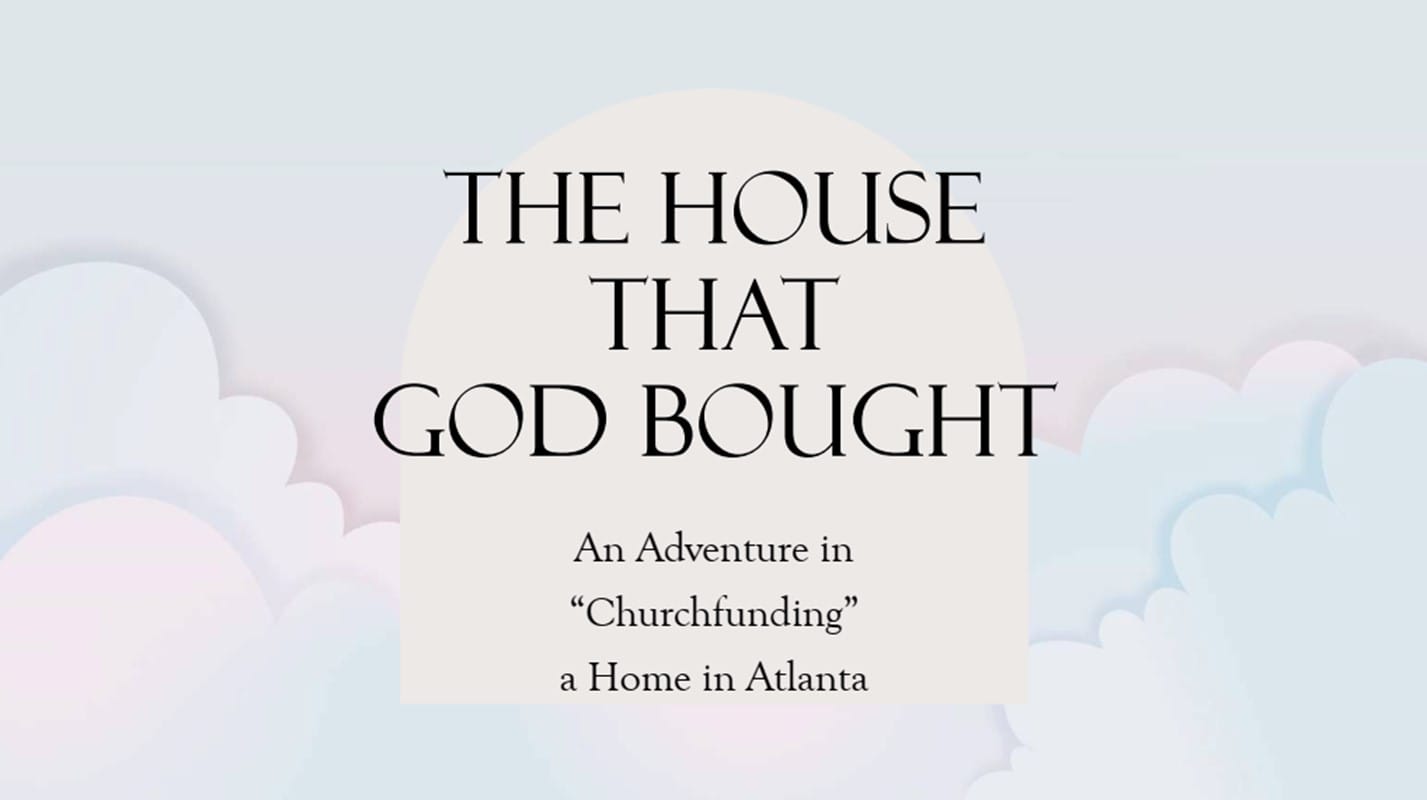(Old Facebook Post)
Apparently the traditional 7 Mennonite ordinances go back one step earlier than Daniel Kauffman and his “Doctrines” books, to evangelist J. S. Coffman in 1891 or earlier. Here is an excerpt from a fascinating article by Mark R. Wenger in the Mennonite Quarterly Review that tells the story (through the lens of the topic of anointing with oil):
Despite his personal unfamiliarity with anointing the sick, sometime in the next decade Coffman began to refer to it as an “ordinance” of the church. The term “ordinance” had been used widely and loosely across the church to refer both to shared understandings that governed church life, and specific church ceremonies like baptism and Lords’ Supper. [32] By 1891, however, Coffman had begun to give “ordinances” a more precise meaning, even providing a definitive list of them.
Coffman usually opened his series of revival services with an emphasis on repentance, new birth, faith and salvation. Toward the end of a revival series, Coffman nearly always took an explicitly doctrinal tack, teaching the ordinances and restrictions of the church. These were firmly buttressed with Scripture citations rather than appeals to tradition. In his diary he sometimes noted the sermon topic as “Ordinances as Symbols,” and referred to the ordinances “as a chain.”[33]
In the wake of a particularly long-running and successful revival series in 1891 in Waterloo County, Ontario, Coffman compiled and published a four-page pamphlet entitled Fundamental Bible References, the earliest compilation of Mennonite ordinances that specifically includes anointing with oil. Under the heading “Requirements of Obedience,” Coffman included “Ordinances,” “Duties” and “Restrictions.” The Ordinances were listed with short descriptions and scriptural references as follows:
Principal Ordinances-Heb. 9:1
(1) Baptism with Water
(2) Communion
(3) Footwashing
Secondary Ordinances-1 Cor. 11:2
(1) Prayer Head-Covering for the Women
(2) Greeting with the Holy Kiss
(3) Marriage
(4) Anointing with Oil for the Recovering of the Sick
It’s historical research like this that makes you stop and think: How much that we consider completely normal… would have never become reality at all, had it not been for a whole slew of “accidents” of history… like a conversation here, a personal letter there, a person here who had the means to travel and share the idea, a periodical article there, which was read by so-and-so, and one more person who “happened” to think writing a book about it was important, etc…. And WHAM! Suddenly we have a brand new FORMAL LIST of “ordinances” that thousands of people grow up assuming has always around, handed down from Mount Calvary. Nothing like studying history to help you break free of chronological snobbery and live disoriented by culture shock within your very own social backyard–and turn to the Bible for better foundations.


